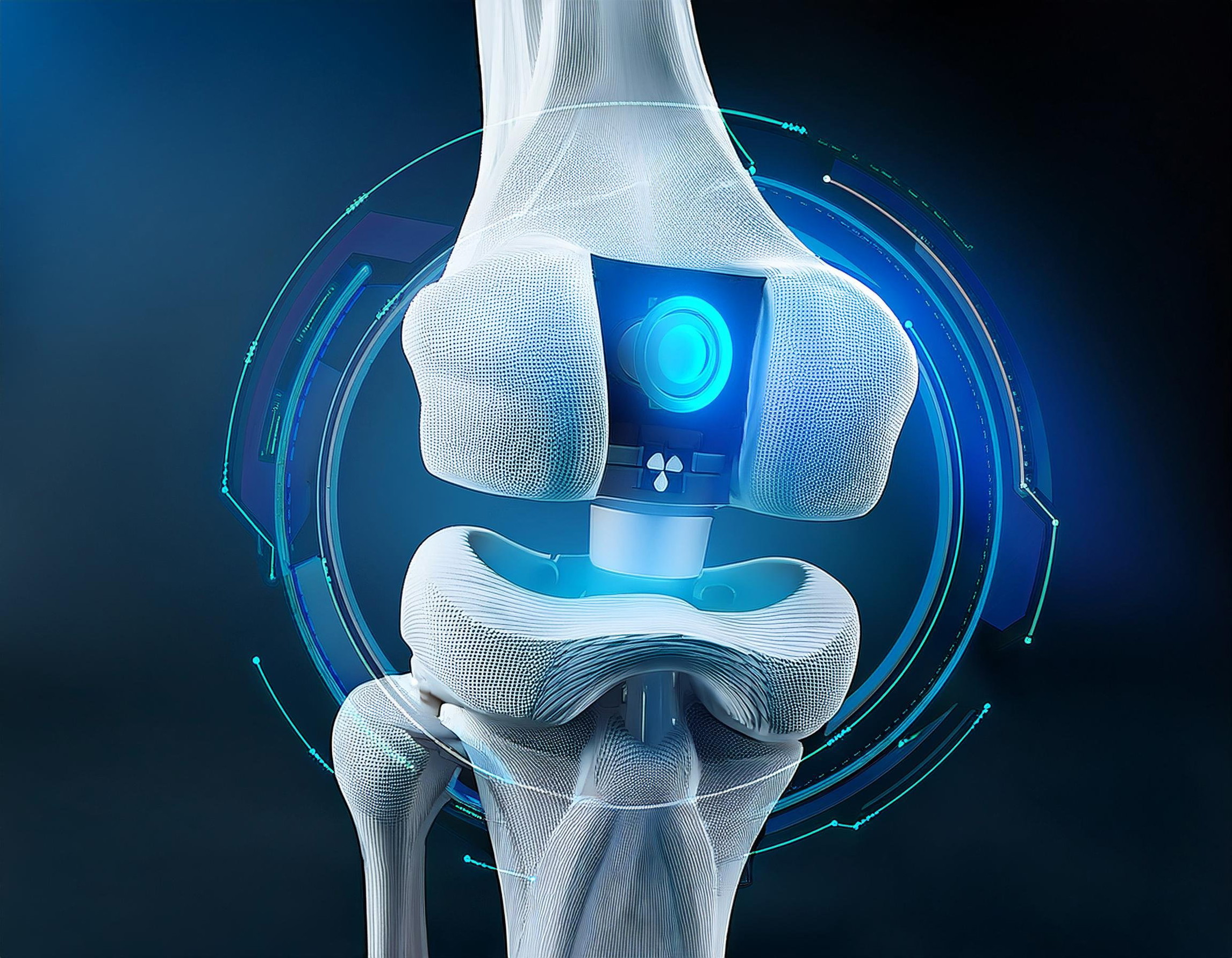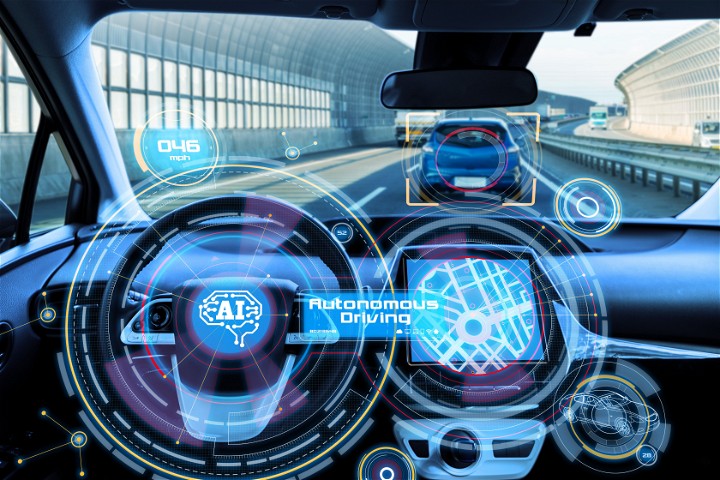Microtechnology: Unveiling Miniature World's Secrets And Its Impact On Modern Enviroment

Microtechnology refers to the development and use of devices and systems on a microscopic scale, typically between 1 and 100 micrometers. This field has revolutionized various industries, particularly in electronics, healthcare, and automotive sectors. Microtechnology enables the production of highly efficient, compact components that power modern innovations.
Key Components of Microtechnology
-
Microelectromechanical Systems (MEMS): These are miniature devices that combine electrical and mechanical components at a microscale. MEMS are used in a wide range of applications, from sensors in smartphones to automotive systems that improve safety and performance. The small size of these devices allows for the integration of complex functionalities into tiny components, which is crucial for the miniaturization of electronic devices.
-
Microfabrication Techniques: Microtechnology relies on advanced microfabrication techniques to create these tiny components. Techniques such as photolithography, etching, and deposition allow for the precise construction of microstructures. These methods enable the creation of microchips and circuits that are the foundation of modern electronics.
-
Nanotechnology Integration: Microtechnology often overlaps with nanotechnology, which operates at an even smaller scale (below 100 nanometers). The integration of nanomaterials into microtechnology enhances performance and opens new possibilities, such as improving the sensitivity of sensors or creating more efficient energy storage solutions.
Applications in Key Industries
-
Electronics: Microtechnology has significantly impacted the electronics industry by enabling the miniaturization of components. Microchips and microprocessors are now more powerful and compact, leading to the development of smaller, more efficient devices such as smartphones, wearables, and IoT devices.
-
Healthcare: In healthcare, microtechnology plays a crucial role in the development of medical devices. Microscopic sensors and microfluidic systems allow for less invasive procedures and more precise diagnostics. For example, MEMS technology is used in insulin pumps and pacemakers to monitor and regulate vital bodily functions. The miniaturization of medical devices has also enabled the creation of portable, wearable health monitors.
-
Automotive: Microtechnology is essential in the automotive industry, where MEMS sensors are used in systems that enhance safety and performance. Microtechnology contributes to the development of advanced driver assistance systems (ADAS), which include features like lane-keeping assistance, adaptive cruise control, and automatic emergency braking. These innovations improve vehicle safety and efficiency, making cars smarter and more responsive.
Future Trends in Microtechnology
The future of microtechnology promises even more groundbreaking developments. Advancements in flexible electronics, nanorobotics, and smart sensors are on the horizon. Flexible electronics, for instance, could lead to the creation of bendable, foldable, or stretchable devices that integrate seamlessly into everyday objects or clothing. Nanorobotics holds the potential for medical applications at the cellular level, allowing for targeted drug delivery or even cellular repair.
Additionally, smarter sensors enabled by microtechnology will continue to enhance the performance of devices across industries. These sensors will become more accurate, energy-efficient, and capable of processing vast amounts of data in real-time. As IoT continues to expand, microtechnology will play a key role in creating the sensors and devices that drive this connected world.
Conclusion
Microtechnology represents a fascinating convergence of science and engineering, transforming industries by enabling the development of smaller, more efficient, and highly functional devices. From electronics to healthcare and automotive systems, microtechnology is driving innovation in ways that improve everyday life. As the field continues to evolve, the potential applications of microtechnology will expand, leading to further advancements in the miniaturization and functionality of devices that shape the future.
For a deeper dive into microtechnology, visit the full article here.
Related Articles

Catalyzing Transformation In High-Tech Domains: Consumer Electronics And The Automotive Sector Through XTPL S.A.’s Innovations

High Frequency Solution-processed Organic Field-effect Transistors With High-resolution Printed Short Channels




